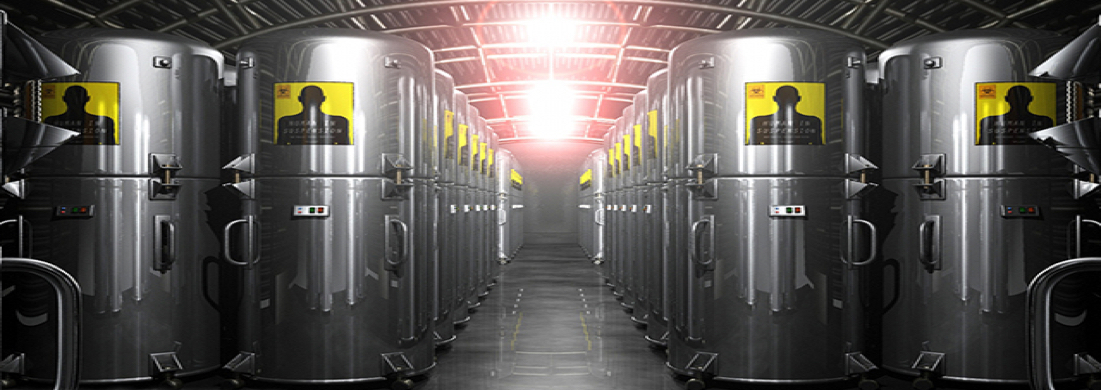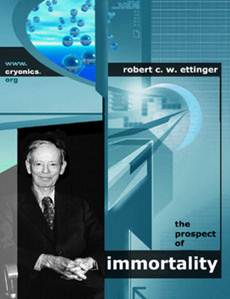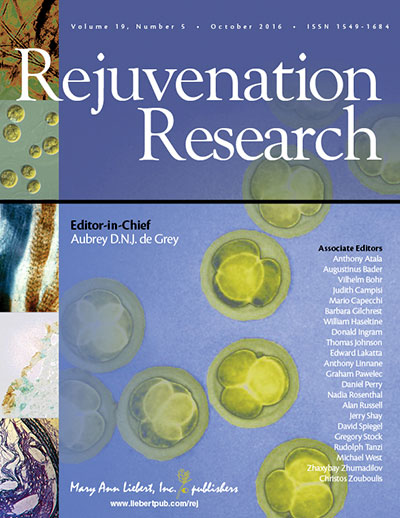


Cryonics is the low-temperature preservation of humans who can no longer be sustained by contemporary medicine, with the hope that lives will ultimately be extended through future developments in science, technology, and medicine. Via Cryonics, important cells, tissues and organs, and even the entire human body, is preserved in liquid nitrogen, till the day resuscitation is realizable.
So far, Cryonics has been an American phenomenon. The idea was first formulated by American physics and mathematics professor Robert Ettinger. The first and earliest organizations to actively supply cryonics services were created by Americans and housed on American soil. But today, we are going to introduce Cryonics to Chinese people. We provide all initial procedures, transport in China but not storage. The patients will be eventually stored at Cryonics Institute, Michigan.
Long-term memory, personality, and identity are stored in durable cell structures and patterns within the brain that do not require continuous brain activity to survive.
1. Brain structures encoding personality and long-term memory persist for some time after clinical death, and these structures are preserved by cryopreservation;
2. Future technologies that could restore encoded memories to functional expression in a healed person are theoretically possible.
Cryo-preserving people when there is no other hope is the right thing to do, sometimes even under poor conditions that make the scientific premises of cryonics highly uncertain.
The formation of ice crystals within and between cells during freezing procedure will cause mechanical and chemical damage of those cells. Cryonics organizations use cryoprotectants to reduce this damage.
Cryoprotectant solutions are circulated through blood vessels to remove and replace water inside cells with chemicals that prevent freezing. This can reduce damage greatly, but freezing of whole people still causes injuries that are not reversible with present technology.
It is sometimes possible to deploy a team of technicians to perform a “standby” and waiting for clinical death to be declared. The team artificially restores blood circulation and breathing using techniques similar to CPR as soon as possible after the heart stops to keep tissues "alive" even after clinical death.
Even though there is a “standby team”, inadequate or absent of oxygen of brain for several minutes, especially at warm temperatures, will cause ischemic injury to the brain and other tissues and eventually make revival impossible by present medical technology.
Revival of people cryopreserved by early cryonics technology may require centuries, if it is possible at all. People cryopreserved in the future, with better technology, may require less advanced technology to be revived because they will have been cryopreserved with better technology that caused less damage to tissue.
Revival could become true particularly if bioengineering, molecular nanotechnology, nanomedicine, and mind uploading are developed. Revival requires repairing damage from lack of oxygen, cryoprotectant toxicity, thermal stress, freezing in tissues that do not successfully vitrify, and reversing the effects that caused the patient's death. In many cases extensive tissue regeneration will be necessary.
Hypothetical revival scenarios generally envision repairs being performed by vast numbers of microscopic organisms or devices. These devices would restore healthy cell structure and chemistry at the molecular level, ideally before warming. More radically, mind transfer has also been suggested as a possible revival approach if and when technology is ever developed to scan the memory contents of a preserved brain.

The Prospect of Immortality is a scientific, and logical argument founded on undeniable fact: that a body deep-frozen stands a better chance of being revived than one rotting in the ground; and that many people who died fifty or a hundred year ago of "incurable" diseases would today be cured.
Mr. Ettinger has carried his thesis to its logical conclusion and examined every aspect of the consequences.

This article, written by Ben Best, is published in Rejuvenation Research, Volume 11, No. 2, 2008. Ben Best was President and CEO of Cryonics Institute from 2003 to 2012. In this article, Ben Best comprehensively analyzed and summarized scientific basis of Cryonics.